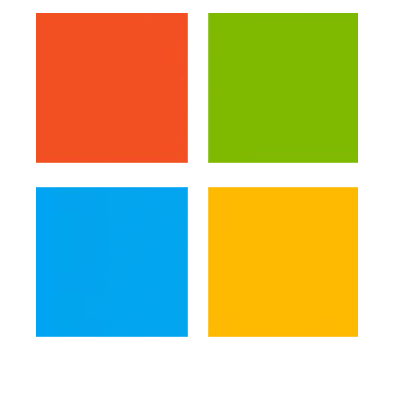
Although ASP.NET MVC3 can be deployed on a machine running Windows Server 2003 and Internet Information Services 6 (IIS6), the practice isn’t recommended and hosting multiple MVC3 web applications can be a painful business. If you are committed to this approach though, here are some instructions to configure IIS6 so that you can deploy a MVC3 website.








